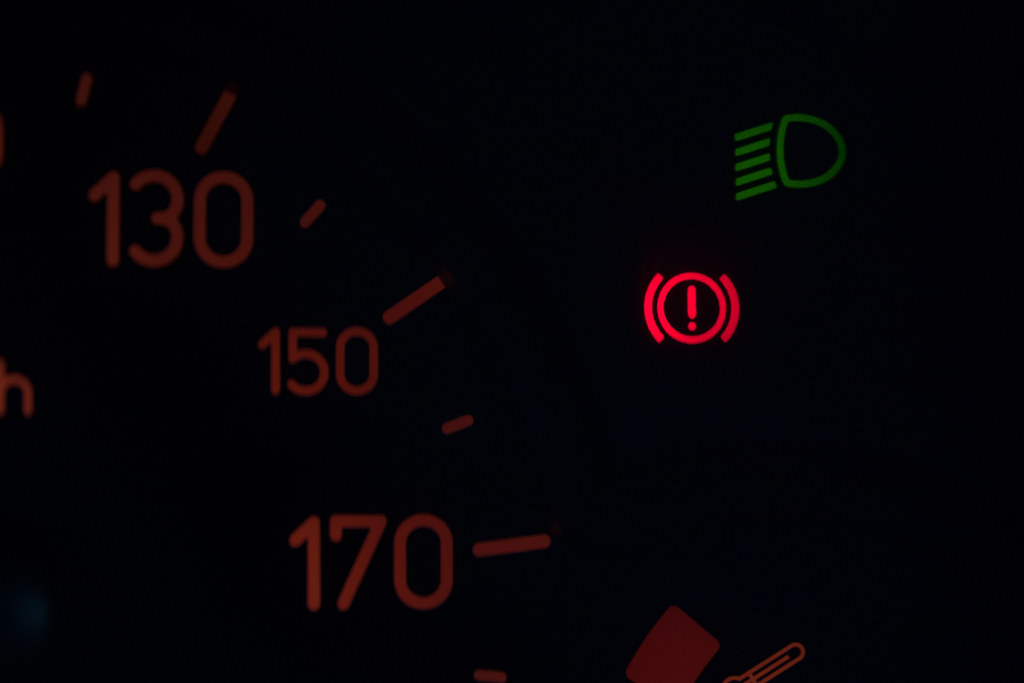The ESP BAS light in your vehicle is a vital indicator that shouldn’t be ignored. It signals potential problems with the electronic stability program (ESP) and brake assist system (BAS), which play critical roles in enhancing your vehicle’s stability and braking performance. This comprehensive guide will help you understand the causes behind the ESP BAS light, diagnose the issues, and provide effective solutions to ensure your safety on the road.
Understanding the ESP BAS Light:
When the ESP BAS light illuminates on your dashboard, it’s a clear indication that your vehicle’s stability and braking systems require attention. Neglecting this warning can compromise your safety, making it essential to address the underlying issues promptly.
Common Causes of the ESP BAS Light:
The ESP BAS light can be triggered by various factors, including malfunctioning wheel speed sensors, a defective brake switch, and worn-out components such as rotors, pads, and calipers. Understanding these causes is crucial for accurate diagnosis and effective solutions.
Diagnosing and Resolving Issues:
To diagnose a faulty wheel speed sensor, connect an OBD scanning tool to your car’s computer. The tool will identify the specific sensor causing the problem, allowing you to proceed with the necessary steps for replacement. With basic tools, you can easily remove the old sensor and install a new one in its place.
In the case of a defective brake switch, timely replacement is essential. This switch ensures that your brake lights activate when you apply the brakes, alerting other drivers of your intentions. Disconnect the car battery, locate the brake switch sensor near the top of the brake pedal, replace the faulty sensor, reconnect the wiring harness, and verify that the brake lights function correctly.
Worn-out rotors, pads, and calipers can also trigger the ESP BAS light. Consider replacing these components if they are excessively worn or damaged. Remove the wheels, unbolt the caliper, replace the rotor if necessary, unclip the old brake pads, and install new ones. Ensure proper tightness, paying attention to the brake pad material thickness and the functionality of the caliper.
Resetting the ESP BAS Light:
Resetting the ESP BAS light can be attempted using the steering wheel method or an OBD2 scanner. However, it is important to note that a reset should not be relied upon as a permanent solution. If the light reappears after the reset, further diagnosis and professional assistance are recommended to address any underlying issues effectively.
Conclusion:
Maintaining the optimal functioning of your vehicle’s ESP and BAS systems is crucial for your safety on the road. By understanding the causes of the ESP BAS light, diagnosing the issues accurately, and applying appropriate solutions, you can ensure the continued reliability and performance of these critical safety features. Remember to address any illuminated ESP BAS light promptly and seek professional help when needed.
Safeguard your driving experience by promptly addressing ESP BAS light issues and conducting regular maintenance. Your commitment to resolving these issues will not only ensure your safety but also contribute to the longevity of your vehicle’s safety systems.
Note: This article aims to provide comprehensive guidance for diagnosing and resolving ESP BAS light issues based on the provided guidelines.

